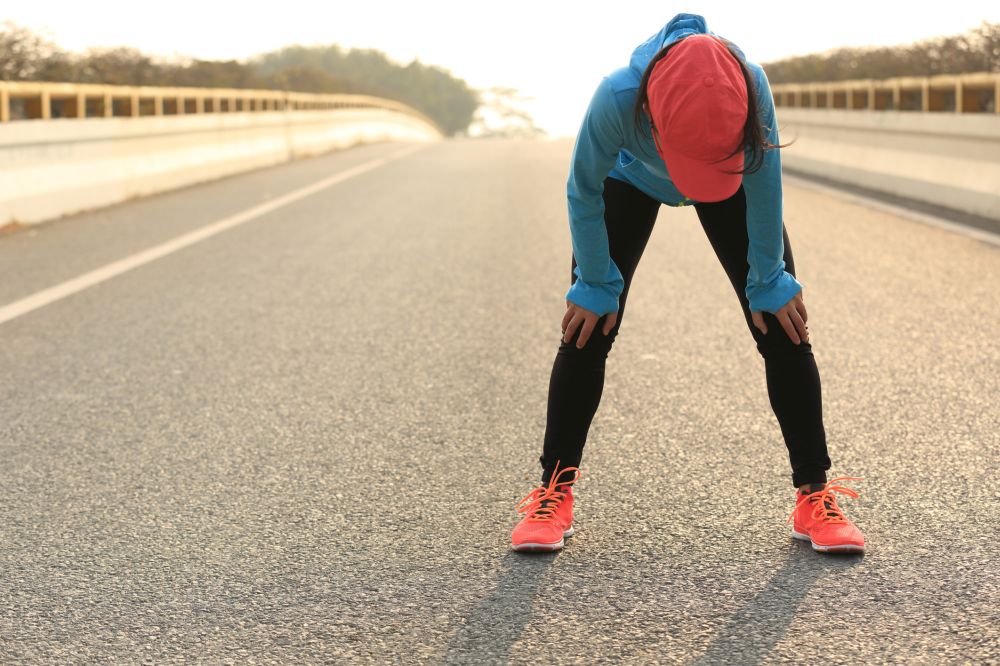What running shoes should you choose to reduce injury risk?
It’s a great question and I do get asked a lot about running shoes and injuries.

Think about this for a second though, would changing the tyres on a car solve a problem with the suspension?
Unlikely right?
Sure it would have an influence on how the car drives, particularly if the tyres were old and worn, but it wouldn’t solve the root cause of the car’s problems.
Now don’t get me wrong, I’m certainly no mechanic, but sometimes analogies are useful in distilling an argument down to it’s most relevant parts.
This is essentially what the debate on running shoes and injury boils down to and why shoe choice is given too much attention.
The shoes aren’t that important
I’ve always had a seemingly endless supply of runners knocking at my door for answers to their injury woes. Despite the inevitable questions around footwear, I rarely find the need to intervene in their choices. It’s really not that important.
As long as their feet are free to move when they run then that’s where the conversation stops. The use of orthotics is a different matter and a post (no pun intended) of its own.
It’s how you move that counts
What matters most is how well your body is able to absorb the forces that occur when your foot hits the ground. That’s why the suspension analogy works so well.
This is the critical piece of the injury prevention jigsaw for any runner, especially since you may be dealing with up to 3 times your body weight with every stride you take.
Pronation
The human suspension system is called pronation and occurs throughout your body, not just at your foot where it’s usually measured. Below is what should happen at a few key joints when your foot hits the ground.
Subtalar joint eversion
Talocrural (ankle) dorsiflexion
Tibial internal rotation
Hip internal rotation
Same side trunk side bend
If just one of those motions is compromised, then so is your ability to absorb force and your injury risk goes up.
No shoe will likely fix that unfortunately.
So the long term solution is not to keep trying different shoes, but to make the changes to your body so you can wear any shoe.
How to assess and improve pronation
This post will show you exactly how to assess and improve your ability to pronate and reduce your risk of injury.